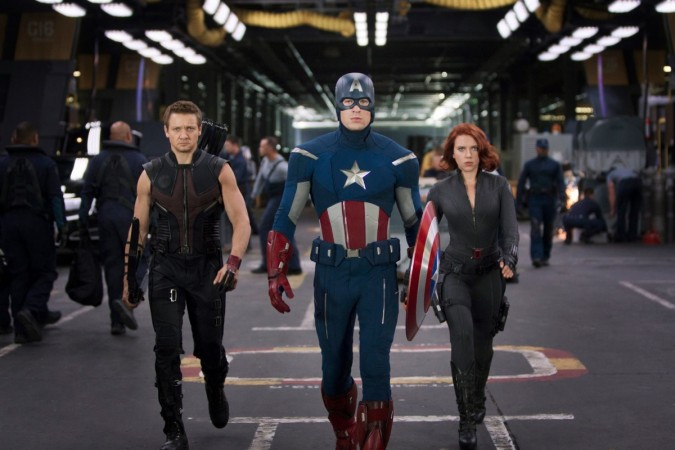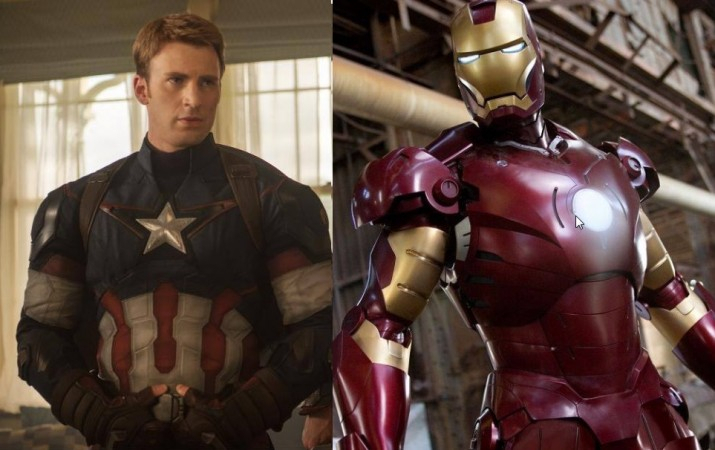
Characters like Hulk and Thor have shown us massive stage presence with their build, while Black Widow and Gamora have impressed fans with their sheer physique on screen. What makes these traits stand out so singularly to us, the audience?
Grant Gustin, portraying DC's Flash in the television series, was caught in the midst of criticism for not sporting the musculature that the character originally has in comics. The reason behind these expectations has been uncovered in depth by a new research that has found that the male superheroes are on an average obese, while their female counterparts are close to underweight.
Researchers from Binghamton University examined the visualization of male and female superheroes of 3,752 Marvel Comics characters based on visualized Body Mass Index (BMI), with specifics such as shoulder-to-waist ratio, jawlines, upper body muscularity, waist-to-hip ratio and breast morphology.
As per the study, the male upper body is made heavily "masculine"-- with male shoulder-to-waist ratios being far above human limits, the female superhero bodies with far lower waist-to-hip ratios than average humans.
Binghamton University research student Laura Johnsen said, "The main findings were that comic book characters are an expression of supernormal stimuli, and they have body morphology that is beyond what humans are capable of having."
Explaining it further, she said for male and female characters, there are certain characteristics associated with masculinity and femininity. "For males, that tends to be wide shoulders and a narrow waist, and for females that tends to be a small waist-to-hip ratio, and a larger bust. These are traits that humans tend to find attractive, but for comic book characters, artists take those traits and make them super-exaggerated. The male characters are hypermasculine and the female characters are hyperfeminine," she said.
Johnsen and Burch published these findings in a paper titled "Captain Dorito and the bombshell: Supernormal stimuli in comics and film," in the journal Evolutionary Behavioral Sciences. "Captain Dorito" refers to a 2014 meme which compared the high shoulder-to-waist ratio of Captain America actor Chris Evans to a Dorito.

The researchers were aiming at providing a biological context for this continuous representation in art, since exaggerated body types are criticized, yet idolized at the same time. "People who read comic books know that these body types are fantastical representations of the human form," said Johnsen.
As these characteristics appeal to basic instincts, the visualization of the characters is heavily amplified, making them more captivating. Comics are another example of creating supernormal stimuli, emphasizing all the features people find attractive about the human form, explained Johnsen.
Further, superheroes also offer themes that reflect deep human emotion and desire. "By studying comics from an evolutionary perspective, we gain insight as to the underlying origins for why the characters look the way they do, why we are attracted to them and why we connect with them on such a personal level," said Johnsen, who is collaborating with another expert Rebecca Burch at State University of New York, Oswego in their next phase of research at other markers for masculinity and femininity, as well as how a character's arc might influence how their appearance changes over time.








